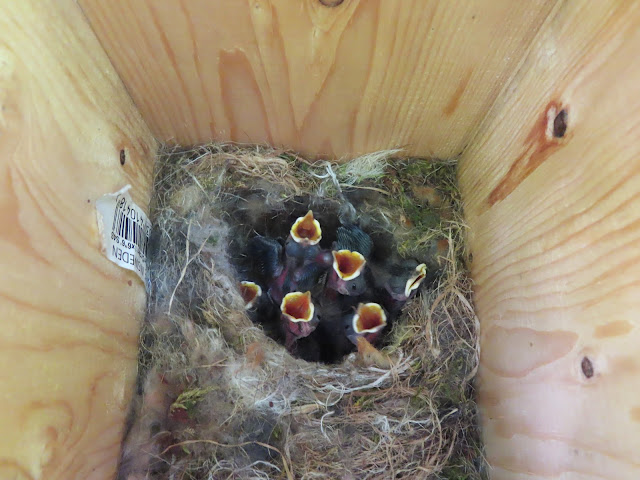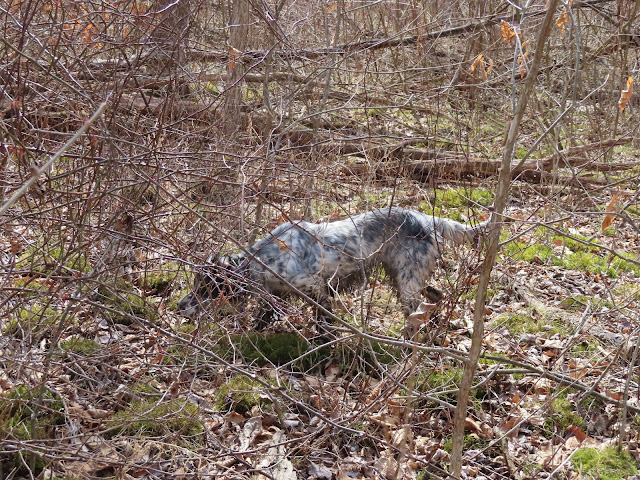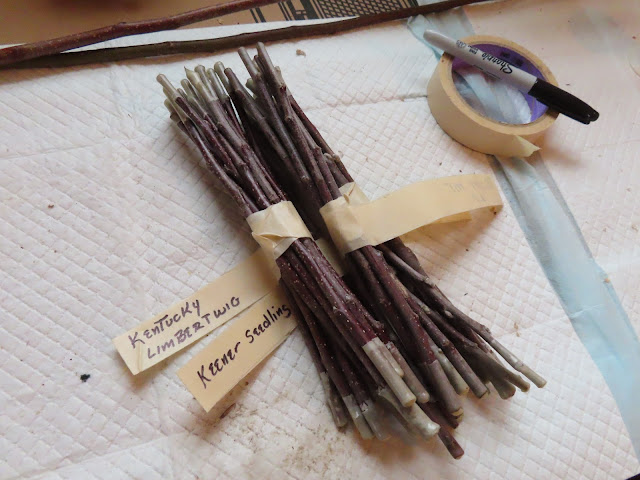After the woodcock have passed through or settled down to nesting and rearing the next generation of these wonderful little birds for the dogs and I to seek in the fall my passion turns to grafting. Mostly apples with an occasional pear it is a pastime that I greatly enjoy. You'll find no Honeycrisp, Fuji or Gala apples growing in my orchards, these standard varieties that can found in any grocery store or farm market. I prefer to grow heirloom apples, apples that your great grandfather might have grown on the old family farm. With names like Smokehouse, Mammoth Black Twig, July Sweet, Myers Royal Limbertwig and Arkansas Black these old varieties have endured for a hundred years or more often only a few trees surviving at a time but always grafted by a few concerned grafters who did not want to see these old varieties die out. I count myself as one of these "concerned" grafters who try to encourage customers to my small nursery to plant a few of these heirloom varieties for themselves, their children, and even their grandchildren to enjoy.

Rootstock, scion, parafilm tape and a sharp knife are all you need to make an apple tree. This is know as benchgrafting.
Ready to go into a damp bucket of sawdust with a dozen others for a month in a cool dark corner of my basement so the scion and rootstock can "grow together" into a successful graft.
After I'm done benchgrafting I turn to "top working" existing apples trees, either wild seedlings or trees that I have planted that for one reason or another I want to change to another variety.
With an already established root system this tree should be producing it's new variety, in this case Myers Royal Limbertwig, in a few years.
Growing apples trees isn't for everyone. They need to be pampered for a few years, eliminating weeds, watching for insects and disease but to me at least it's well worth the effort. The main thing I tell new apple tree owners is to have patience, something that's sadly missing in many people. :(
 . The female Cicada "stings" a branch and lays her eggs in the "groove" she makes. The eggs hatch in about a month and the young will fall to the ground, burrow 2 feet deep and feed on tree roots for 17 years when they will again emerge.
. The female Cicada "stings" a branch and lays her eggs in the "groove" she makes. The eggs hatch in about a month and the young will fall to the ground, burrow 2 feet deep and feed on tree roots for 17 years when they will again emerge. 




































